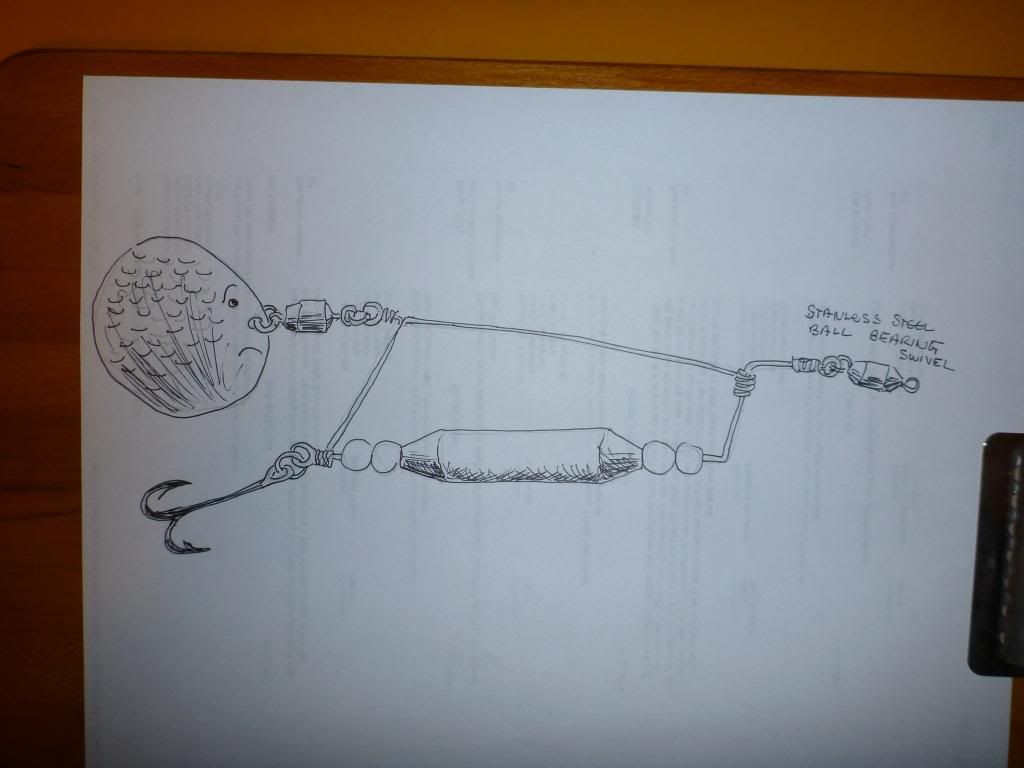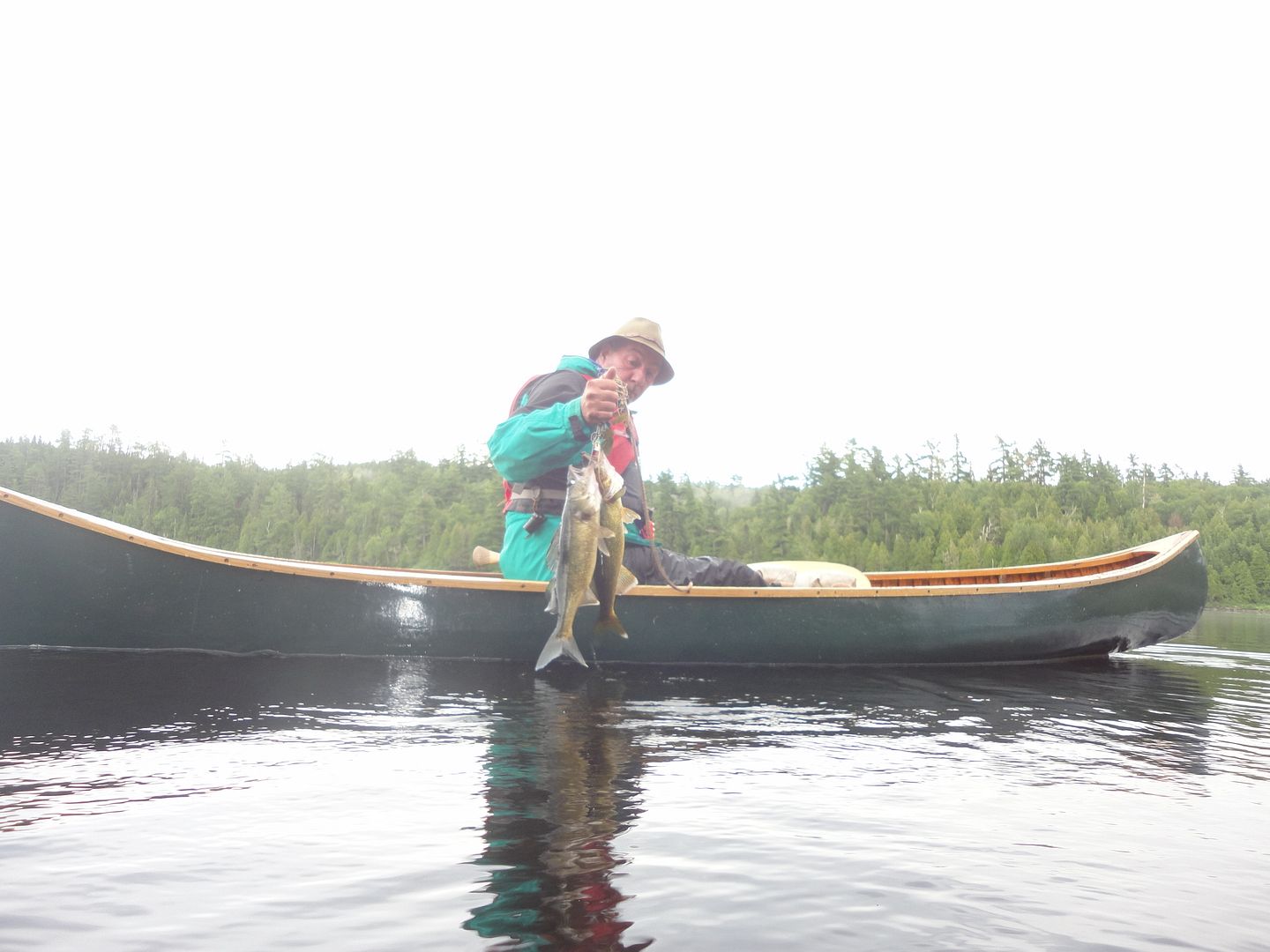Some lakes I fish in contain Lake trout, but I have never had much luck catching them. I tried an in line sinker to get the line down without much luck, more bass than anything else, plus the weight was just annoying to me.
Is there a way a canoeist can fish without alot of gear for Lake Trout after early spring?
On another note, line twist. How do you deal with line twist. Are some swivels better than others? I troll alot and have a problem with Mephs Lures twisting my line.
To remove the line twist, I remove the lure and play out the line behind the canoe, sort of like trolling without a lure, and I let all the line out while I paddle around the lake. Depending on how bad the twist is, after a while I reel in and most of the line twist is gone, maybe I'll lose the last 10-15 feet of badly twisted line.
Is there a way a canoeist can fish without alot of gear for Lake Trout after early spring?
On another note, line twist. How do you deal with line twist. Are some swivels better than others? I troll alot and have a problem with Mephs Lures twisting my line.
To remove the line twist, I remove the lure and play out the line behind the canoe, sort of like trolling without a lure, and I let all the line out while I paddle around the lake. Depending on how bad the twist is, after a while I reel in and most of the line twist is gone, maybe I'll lose the last 10-15 feet of badly twisted line.


